Galveston, TX Hurricane - September 18, 1900
The worst environmental and natural disasters have claimed many lives and have caused millions in property damage. These disasters include earthquakes, typhoons, and tsunamis.
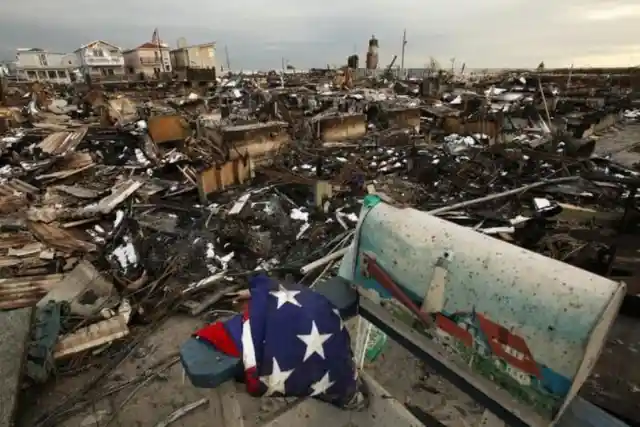
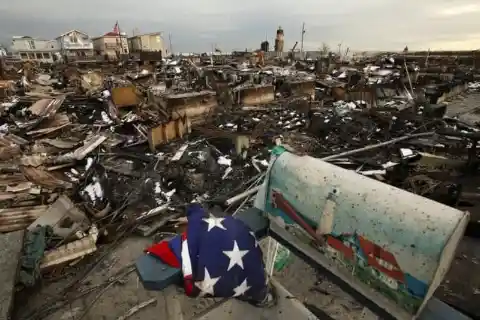
Each of these are horrific in their own right wiping out entire cities and towns.
Estimated death toll: about 8000
The Galveston, Texas hurricane of 1900 was the deadliest natural disaster in U.S. history. It ripped into the port city of Galveston, Texas, on September 18, 1900.
San Francisco Earthquake - 1906
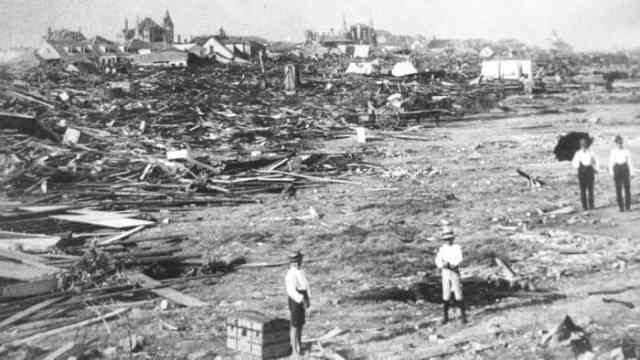
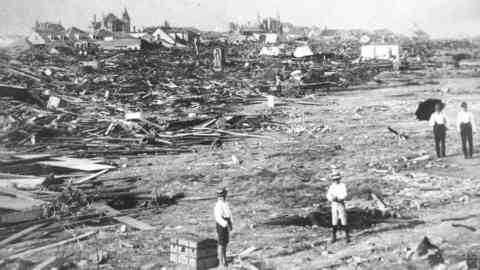
The category 4 storm devastated the city, killing around 8000 residents and destroying most of the buildings in its path. Unfortunately the building which housed the port's immigration records was one of many destroyed in the storm.
Estimated death toll: 3000
In the early morning hours of April 18, 1906, the city of San Francisco was sleeping when the area was rocked by a massive earthquake. Walls caved in, streets buckled, and gas and water lines broke, allowing people very little time to take cover. Fires broke out across the city almost immediately.
Great Okeechobee Hurricane, Florida - September 16-17, 1928
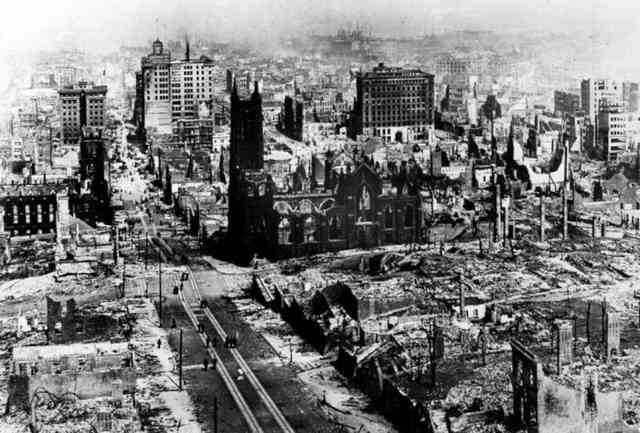
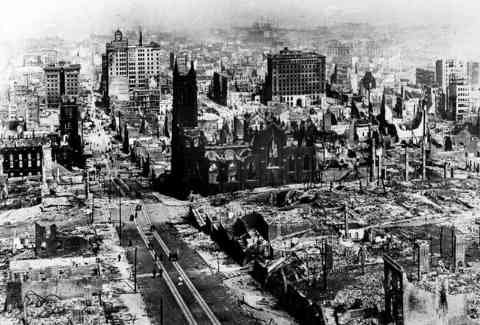
They were fueled by broken gas lines and a lack of water to put them out. Days later, the earthquake and fire left more than half of San Francisco's population homeless. The disaster had killed somewhere around 3000 people.
Estimated death toll: 2500+
Residents living along the Palm Beach, Florida coast were pretty prepared for this hurricane. It was classified as a category 4.
Johnstown, PA Flood - May 31, 1889
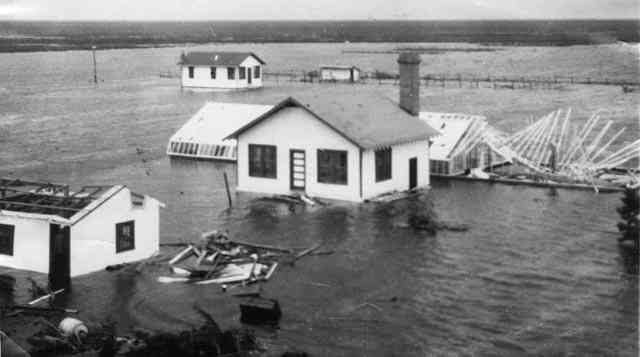
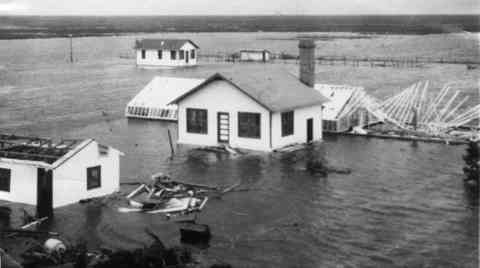
It was along the south shores of Lake Okeechobee in the Florida Everglades where most of the 2000+ victims perished. Many of of the people who perished were migrant workers working in such an isolated location, that they had no warning of the impending disaster.
Estimated death toll: 2209+
A neglected southwestern Pennsylvania dam combined with days of rain made for a tragic disaster. The South Fork Dam which was built to hold back Lake Conemaugh collapsed on May 31, 1889.
Chenier Caminada Hurricane - October 1, 1893
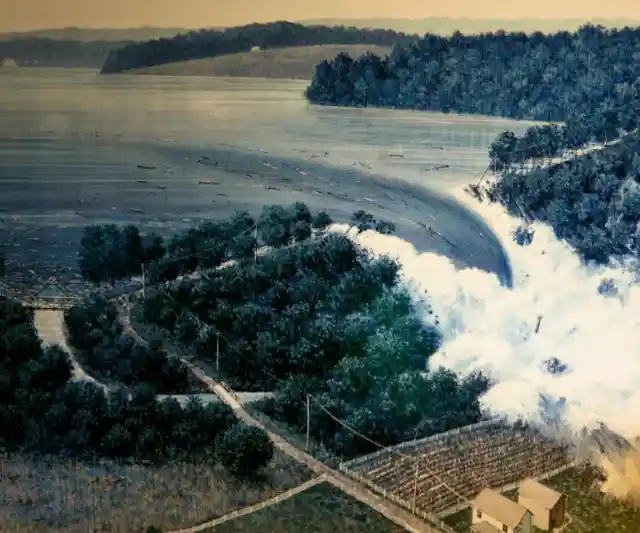
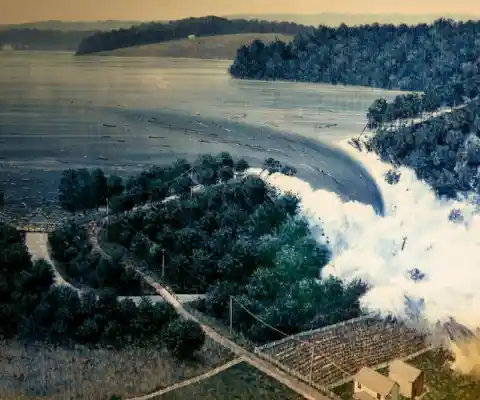
Over 20 million tons of water, in a wave reaching more than 70 feet high, swept 14 miles down the Little Conemaugh River Valley, destroying everything in its path, including most of the industrial city of Johnstown.
Estimated death toll: 2000+
The unofficial name of this Louisiana hurricane comes from an area located 54 miles from New Orleans, that lost 779 people to the storm. The devastating hurricane predates modern forecasting tools, but is thought to have had winds approaching 100 miles per hour.
Peshtigo Fire- 1871
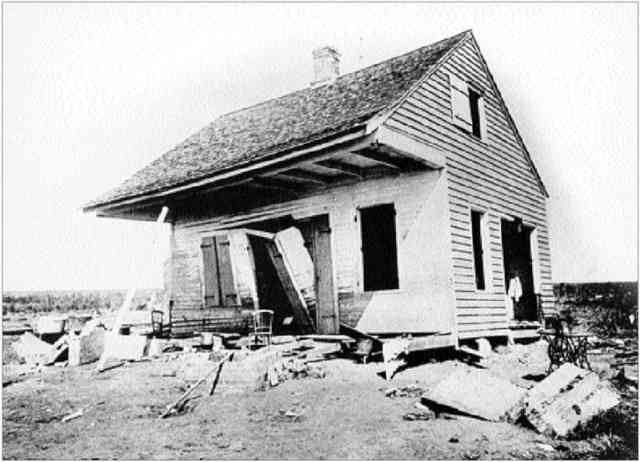
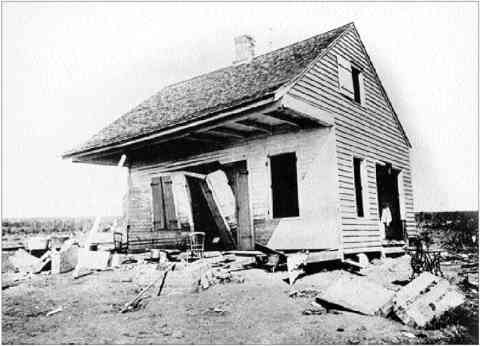
It was actually one of two deadly hurricanes that hit the U.S. during the 1893 hurricane season.
Estimated death toll: 1,200-2,500
Although it was largely overshadowed by the Great Chicago Fire, the Peshtigo Fire in Peshitigo, Wisconsin, was the deadliest fire in U.S. history.
"Sea Islands" Hurricane - August 27-28, 1893
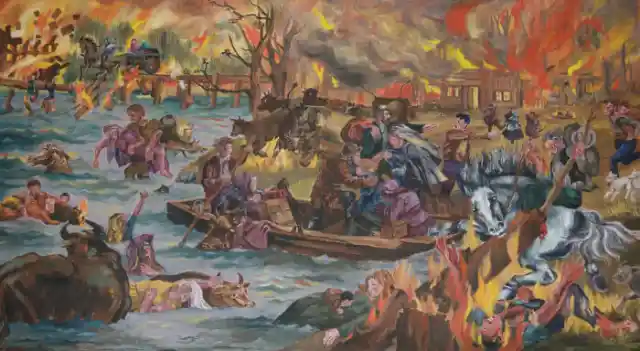
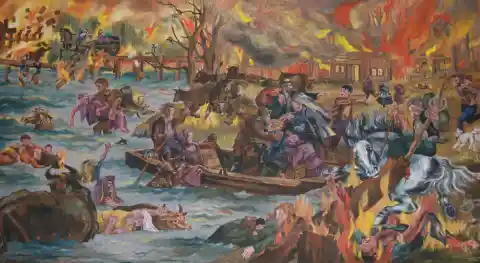
It killed between 1,200 and 2,500 people.
Estimated death toll: 1000 - 2000
It is estimated that the "Great Storm of 1893" that struck the southern South Carolina and northern Georgia coast was at least a Category 4 storm, but there is no way of knowing, since measures of hurricane intensity weren't measured for storms before 1900. The storm killed an estimated 1,000 - 2,000 people, mostly from storm surge affecting the low-lying barrier "Sea Islands" off the Carolina coast.
Hurricane Katrina - August 29, 2005
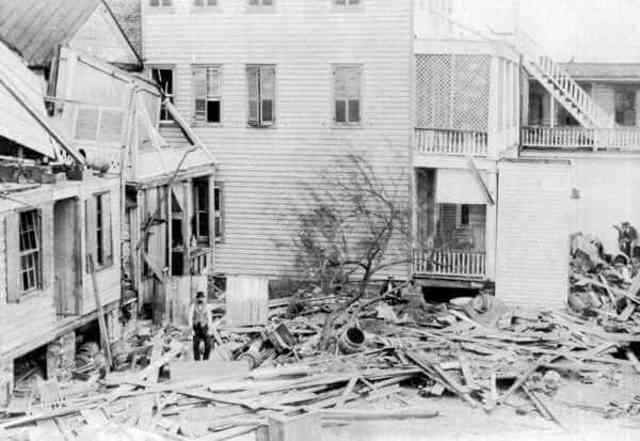
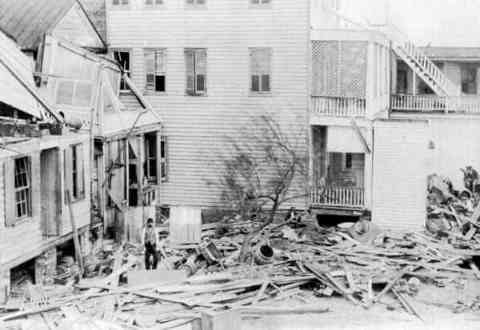
More »
Estimated death toll: 1836+
The most destructive hurricane ever to strike the United States was Hurricane Katrina. It was the 11th named storm in the busy 2005 hurricane season.
U.S. Heat Wave -- 1980
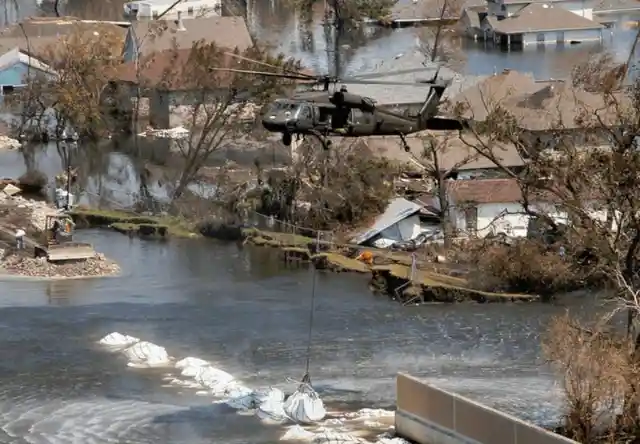
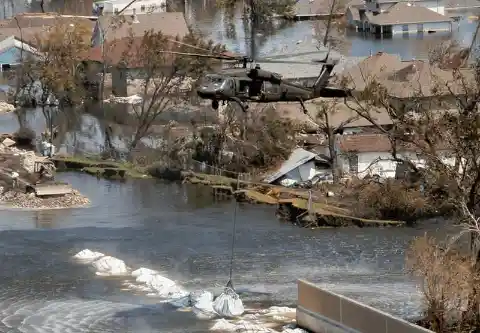
The devastation in New Orleans and the surrounding Gulf Coast area cost over 1,800 lives and billions of dollars in damage.
Estimated death toll: 1,700
It's been pretty hot this summer, but not as hot as it was in the Midwest back in 1980. Nearly every day from June to September, temperatures reached well over 90 degrees.
Chicago Heat Wave -- 1995
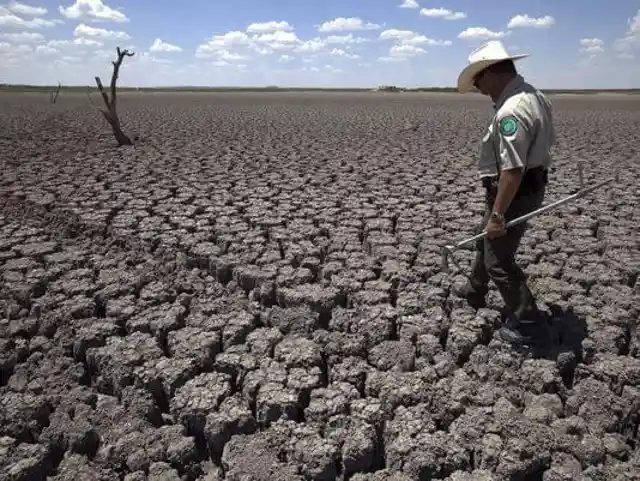
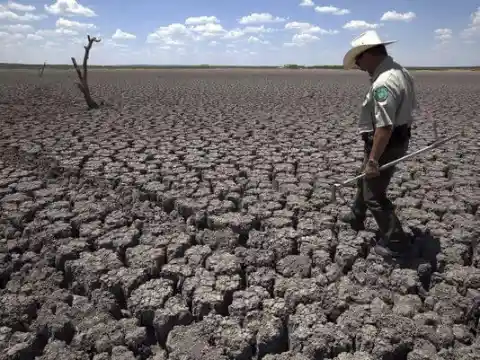
These drought conditions took 1,700 lives.
Estimated death toll: 739
Just over ten years ago, Chicago experienced one of the worst summers in U.S. history.
Great New England Hurricane - 1938
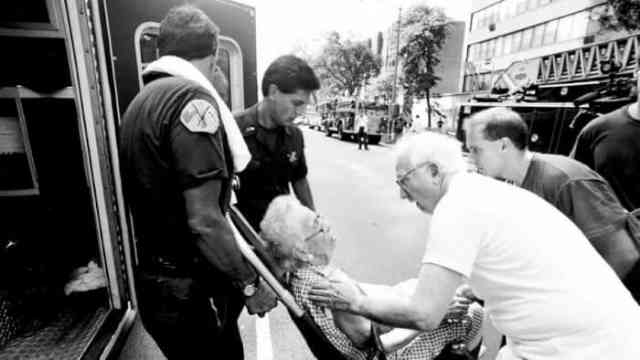
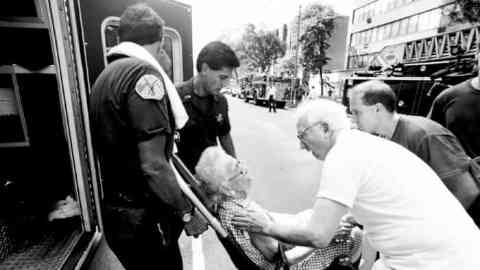
Insanely hot temperatures killed 739 people in just five days!
Estimated death toll: 720
The Great New England Hurricane of 1938 was called by some the "Long Island Express". This storm made landfall over Long Island and Connecticut as a category 3 storm on September 21, 1938.
Georgia-South Carolina Hurricane - 1881
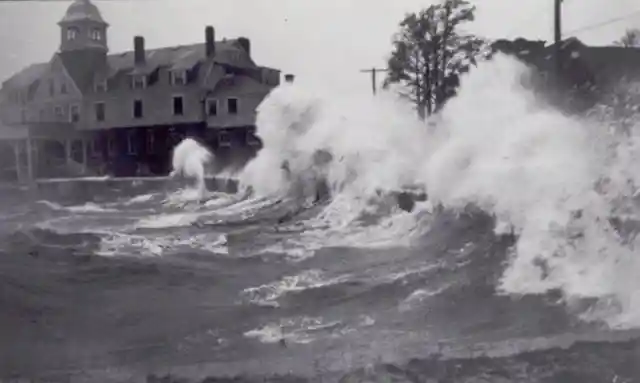
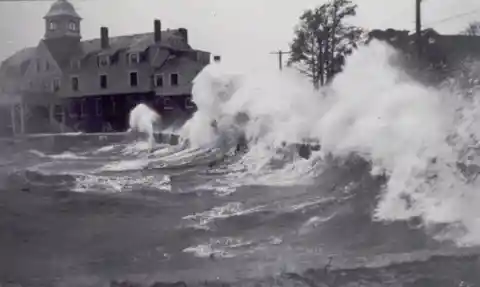
The powerful hurricane destroyed almost 9,000 buildings and homes, caused over 700 deaths, and reshaped the landscape of the south Long Island shore. The storm caused over $306 million in damage in 1938 dollars, which would equal about $3.5 billion today.
Estimated death toll: 700
Hundreds of people were lost in this August 27th hurricane that struck the east U.S. coast at the border of Georgia and South Carolina.
Tri-State Tornado in Missouri, Illinois and Indiana - 1925
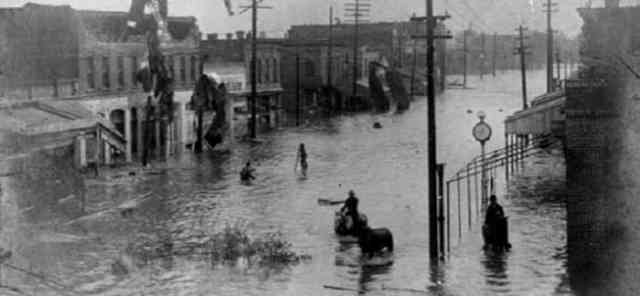
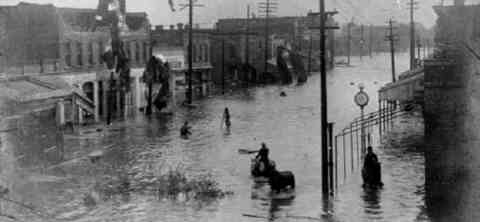
It caused severe damage to Savannah and Charleston. The storm then moved inland, dissipating on the 29th over northwestern Mississippi, resulting in about 700 deaths.
Estimated death toll: 695
The Tri State Tornado is widely considered the most powerful and devastating tornado in American history. The Tornado ripped through Missouri, Illinois and Indiana on March 18, 1925.
Florida Keys hurricane- 1919
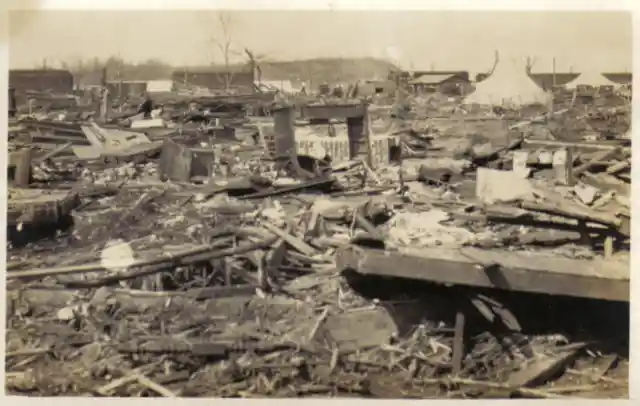
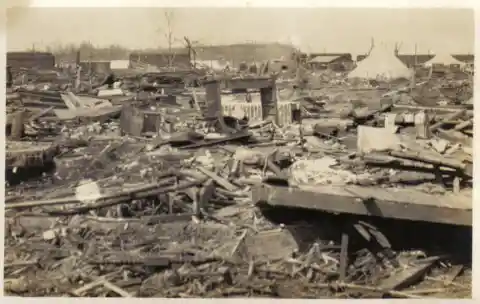
It had an uninterrupted 219-mile treck which killed 695 people, injured more than 2000, destroyed about 15,000 homes, and damaged more than 164 square miles.
Estimated death toll: 600
The 1919 Florida Keys hurricane was a massive and damaging tropical cyclone that swept across areas of the northern Caribbean Sea and the United States Gulf Coast. The storm's slow-movement and sheer size prolonged and enlarged the scope of the hurricane's effects, making it one of the deadliest hurricanes in United States history.
Great Michigan Fire- 1871
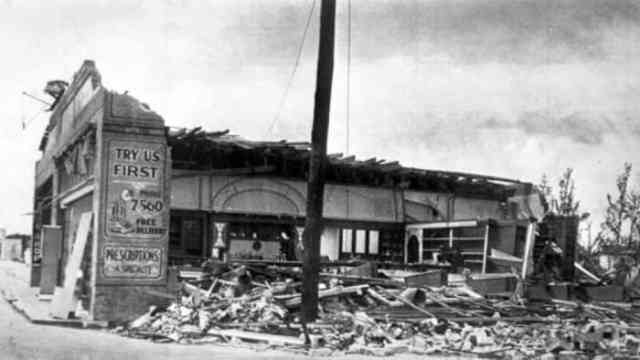
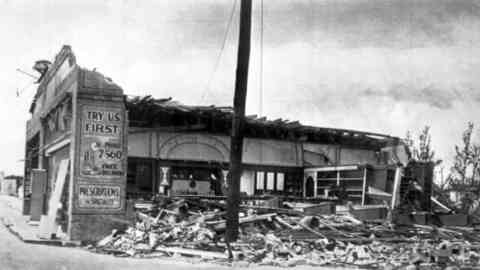
The highest impact areas were concentrated around the Florida Keys and South Texas areas.
Estimated death toll: 500
The Great Michigan Fire was a series of simultaneous forest fires in the state of Michigan in 1871. Some believe lightning or even meteor showers may have started the fires.
Cloquet fire- 1918
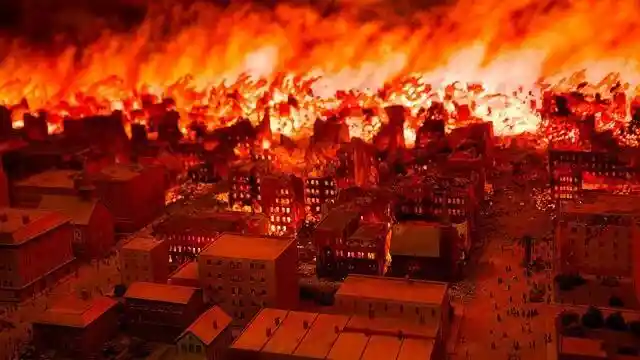
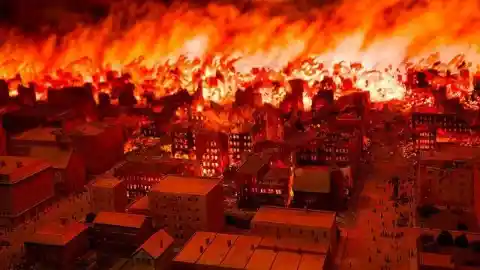
Several cities, towns and villages, including Alpena, Holland, Manistee, and Port Huron, suffered serious damage or were lost completely.
Estimated death toll: 453
The Cloquet Fire was a massive fire in northern Minnesota in 1918. It was caused by sparks on the local railroads and dry conditions. Cloquet was hit the hardest by the fires.
Tupelo–Gainesville tornado outbreak- 1936
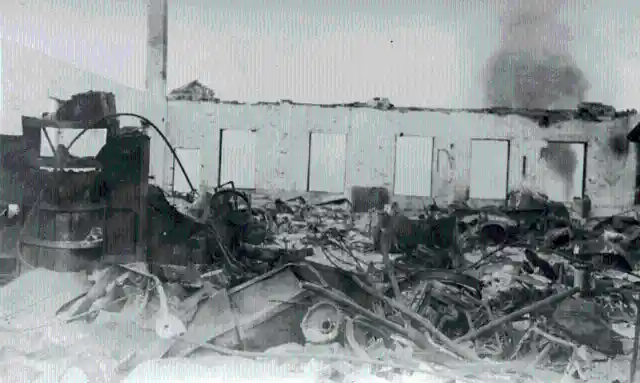
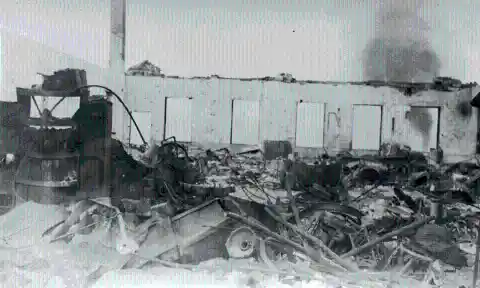
It was the worst natural disaster in Minnesota history in terms of the number of casualties in a single day. In total, 453 people died and 52,000 people were injured or displaced, 38 communities were destroyed, 250,000 acres were burned, and $73 million in property damage.
Estimated death toll: 436+
The 1936 Tupelo–Gainesville tornado outbreak there were at least 12 tornadoes that struck the Southeastern United States from April 5–6, 1936. Approximately 454 people were killed by these tornadoes—419 by two tornadoes alone.
Ohio statewide flood- 1913
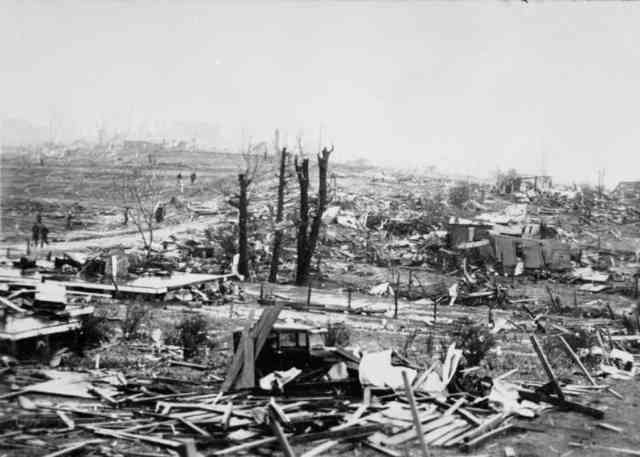
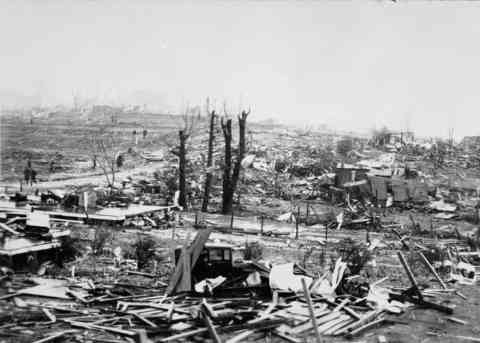
This outbreak is the second deadliest ever recorded in US history.
Estimated death toll:428+
The Great Flood of 1913 occurred between March 23 and March 26, after major rivers in the central and eastern United States flooded from runoff combined with several days of heavy rain. The official death toll range for Ohio falls between 422 and 470.
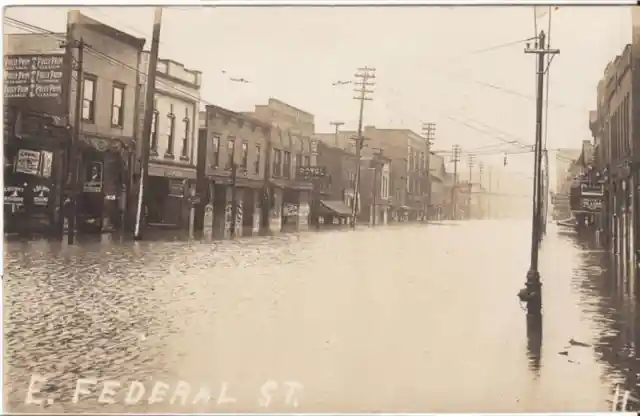
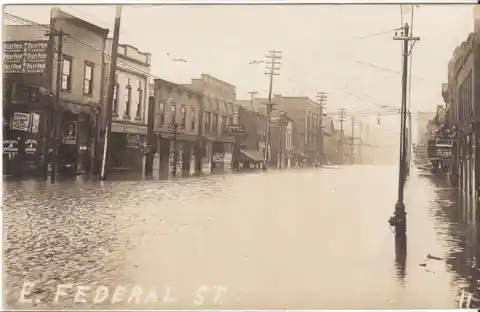
More than a quarter million people were left homeless. The flood remains Ohio's largest weather disaster.